Yihang Xu
Real-Time Human Action Recognition on Embedded Platforms
Sep 11, 2024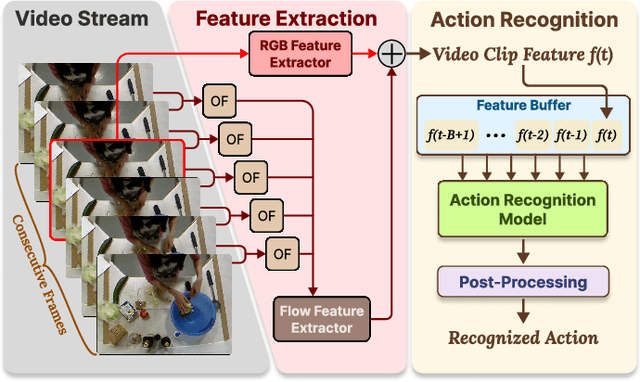
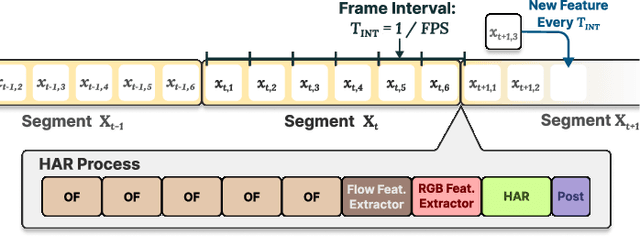
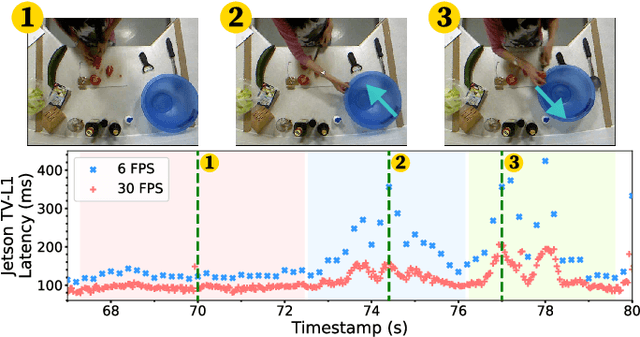
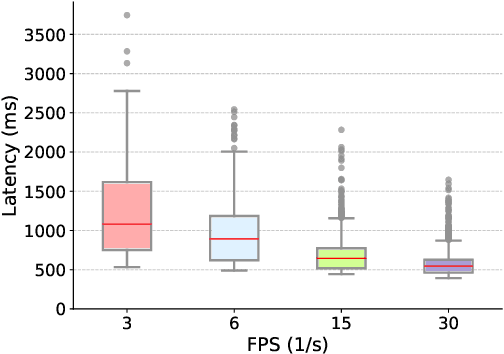
Abstract:With advancements in computer vision and deep learning, video-based human action recognition (HAR) has become practical. However, due to the complexity of the computation pipeline, running HAR on live video streams incurs excessive delays on embedded platforms. This work tackles the real-time performance challenges of HAR with four contributions: 1) an experimental study identifying a standard Optical Flow (OF) extraction technique as the latency bottleneck in a state-of-the-art HAR pipeline, 2) an exploration of the latency-accuracy tradeoff between the standard and deep learning approaches to OF extraction, which highlights the need for a novel, efficient motion feature extractor, 3) the design of Integrated Motion Feature Extractor (IMFE), a novel single-shot neural network architecture for motion feature extraction with drastic improvement in latency, 4) the development of RT-HARE, a real-time HAR system tailored for embedded platforms. Experimental results on an Nvidia Jetson Xavier NX platform demonstrated that RT-HARE realizes real-time HAR at a video frame rate of 30 frames per second while delivering high levels of recognition accuracy.
Learning by Planning: Language-Guided Global Image Editing
Jun 24, 2021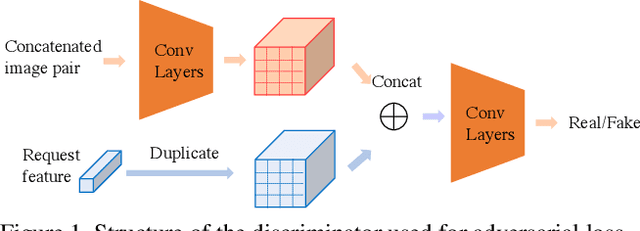
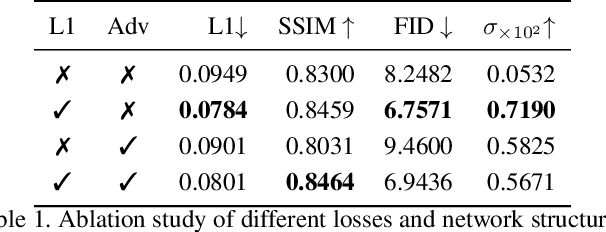

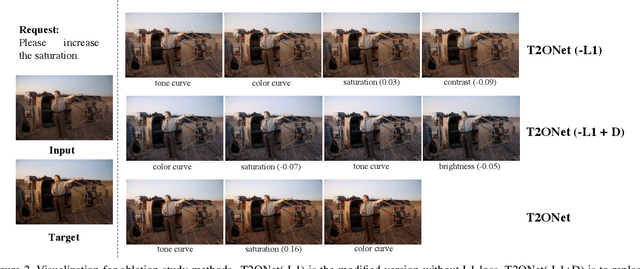
Abstract:Recently, language-guided global image editing draws increasing attention with growing application potentials. However, previous GAN-based methods are not only confined to domain-specific, low-resolution data but also lacking in interpretability. To overcome the collective difficulties, we develop a text-to-operation model to map the vague editing language request into a series of editing operations, e.g., change contrast, brightness, and saturation. Each operation is interpretable and differentiable. Furthermore, the only supervision in the task is the target image, which is insufficient for a stable training of sequential decisions. Hence, we propose a novel operation planning algorithm to generate possible editing sequences from the target image as pseudo ground truth. Comparison experiments on the newly collected MA5k-Req dataset and GIER dataset show the advantages of our methods. Code is available at https://jshi31.github.io/T2ONet.
Actor-Action Video Classification CSC 249/449 Spring 2020 Challenge Report
Aug 18, 2020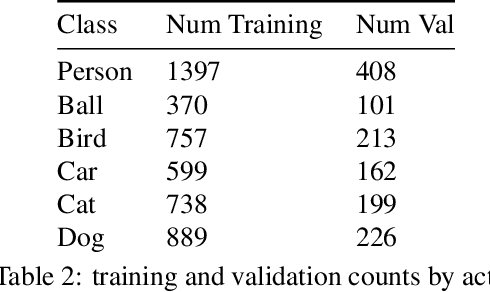
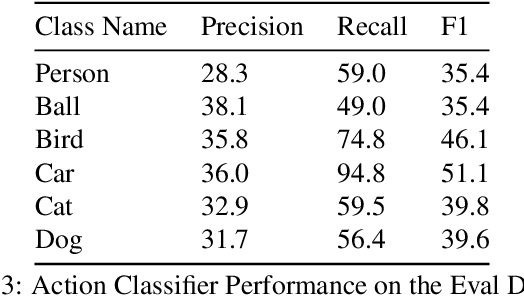
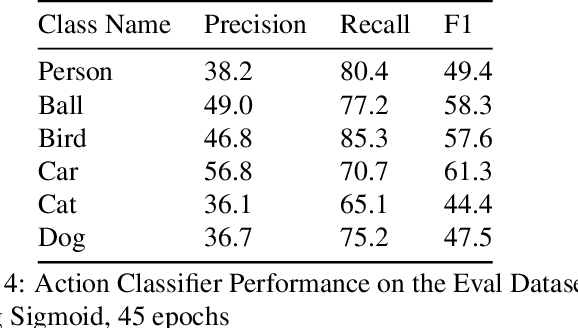

Abstract:This technical report summarizes submissions and compiles from Actor-Action video classification challenge held as a final project in CSC 249/449 Machine Vision course (Spring 2020) at University of Rochester
 Add to Chrome
Add to Chrome Add to Firefox
Add to Firefox Add to Edge
Add to Edge